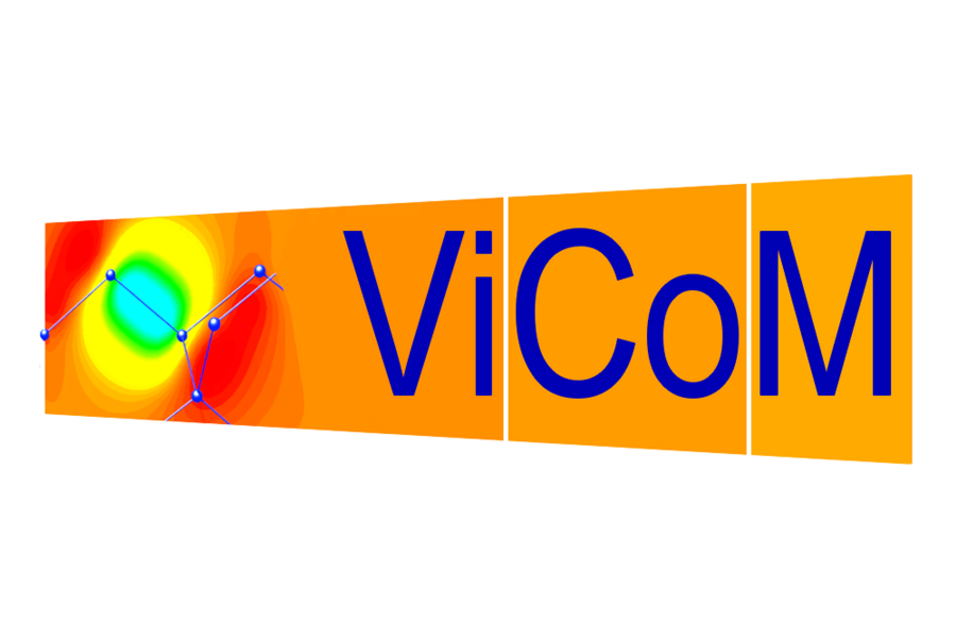The family of atomically thin two-dimensional (2D) materials, which started with graphene, has expanded rapidly over the past few years and now includes insulators, semiconductors, metals, ferromagnets, and superconductors. This development has prompted an explosion in envisioned applications ranging from batteries and catalysis to photovoltaics, electronics, and photonics. In parallel with this development, the possibility of stacking different 2D materials into van der Waals heterostructures has opened new routes for designing atomically flat heterostructures with tailored properties.
I will show how the electronic and optical properties of 2D materials and their heterostructures can be accurately predicted by combining classical electrostatic models with many-body quantum mechanics, and high-performance computing.
I will give examples from our recent research focusing on 2D structures with tunable band structures, excitons, and plasmons[1].
Finally, I will present our recent efforts to establish a comprehensive database of 2D materials using an automatic high-throughput framework (http://c2db.fysik.dtu.dk) and show how it can be used to identify 2D materials with interesting physical properties such as ferromagnetism and non-trivial topology[2].
References:
[1] Calculating excitons, plasmons, and quasiparticles in 2D materials and van der Waals heterostructures, K. S. Thygesen, 2D Materials 4, 022004 (2017)
[2] The Computational 2D Materials Database: High-throughput modeling and discovery of atomically thin crystals, S. Haastrup et al. 2D Materials 5, 042002 (2018)
Kristian Sommer Thygesen (Denmark): Computational modeling and discovery of two-dimensional materials
Location:
Verwandte Dateien

